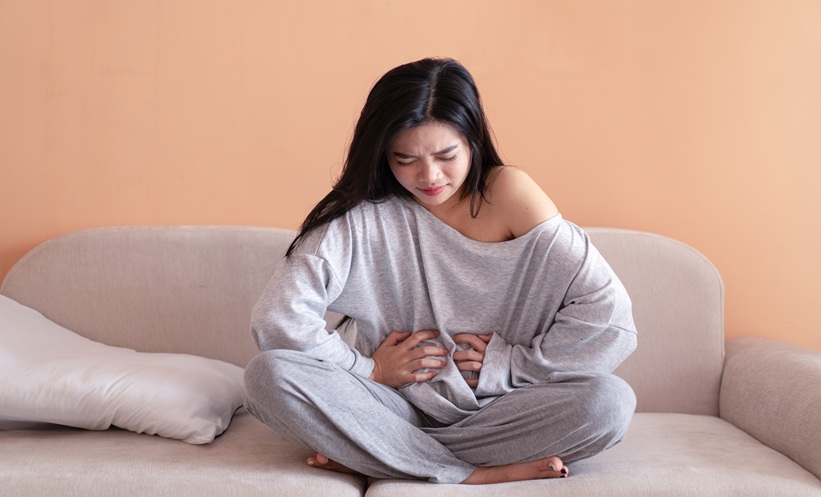WOMEN with endometriosis show unique neurobiological changes in the brain, distinct from those in women with chronic pelvic pain (CPP) without endometriosis suggests new research. Endometriosis, a chronic condition affecting women of reproductive age, is commonly associated with symptoms of pain and infertility and often coexists with mental health issues. Previous research on neurobiological changes in endometriosis has been limited. This study aimed to address this gap by exploring differences in brain morphology in women with endometriosis compared to those with CPP and a control group of healthy, pain-free women.
The researchers conducted a prospective study involving 53 women undergoing laparoscopy due to suspected endometriosis and 25 healthy controls. All participants completed clinical and psychological assessments, along with tests of thermal pain perception. Brain morphology was evaluated using MRI scans, and participants were assigned to one of three groups based on laparoscopy results: women with endometriosis (n = 27), women with CPP without endometriosis (n = 26), and healthy controls. Statistical analyses then compared brain structure differences across these groups, adjusting for potential confounders like sociodemographic factors, smoking, and BMI.
The findings revealed distinct neurobiological patterns between the groups. Women with endometriosis had increased grey matter volume (GMV) in brain regions associated with sensory and pain processing, including the left cerebellum, lingual gyrus, and calcarine gyrus, compared to those with endometriosis-independent CPP. Conversely, women with CPP showed reduced GMV in the right cerebellum compared to controls. Additionally, the study found specific correlations within patient groups: dysmenorrhoea severity was linked with increased GMV in the left inferior parietal lobule, while depressive symptoms were associated with reduced GMV in the right superior medial gyrus across both patient groups.
These results suggest that endometriosis may involve distinct neurobiological alterations in brain areas related to pain processing, underlining the cerebellum’s role in endometriosis-related pain. Clinically, this insight could guide more targeted pain management strategies for women with endometriosis, potentially incorporating therapies that address brain structures involved in pain. Further research could deepen understanding of these neurobiological changes and inform new treatment approaches that consider the specific brain alterations linked to endometriosis-associated pain.
Reference
Maulitx L et al. Psychological characteristics and structural brain changes in women with endometriosis and endometriosis-independent chronic pelvic pain. Hum Reprod. 2024;39(11):2473-84.








